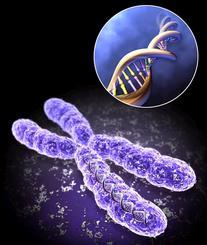Our Group organises 3000+ Global Conferenceseries Events every year across USA, Europe & Asia with support from 1000 more scientific societies and Publishes 700+ Open Access Journals which contains over 50000 eminent personalities, reputed scientists as editorial board members.
In order to study metabolic pathways and utilize them for biotechnology, it is frequently necessary to clone gene clusters that can be tens of kilobases in size. Traditional library construction, followed by screening and sub-cloning, is time consuming and costly. PCR amplification and assembly is more precise, quicker and cheaper, but the DNA polymerases used have an inherent error rate and incorrect fragment pairing can occur. Total gene synthesis can be rapid, but again sequence verification is necessary. An alternative procedure for cloning large error-free DNA fragments, named recombineering recovery (RR), has recently been reported in FEBS letters. This method was used to precisely clone a copper resistance gene cluster (6 genes, ~8.2 kb) from the freshwater cyanobacterium Synechocystis sp. PCC 6803. RR utilizes homologous recombination (HR) to (i) insert a cloning vector adjacent to the gene(s) of interest in the genome of the desired species, and (ii) recover this plasmid plus the target sequences from isolated transformant DNA by circularization in a recombineering strain of Escherichia coli.
